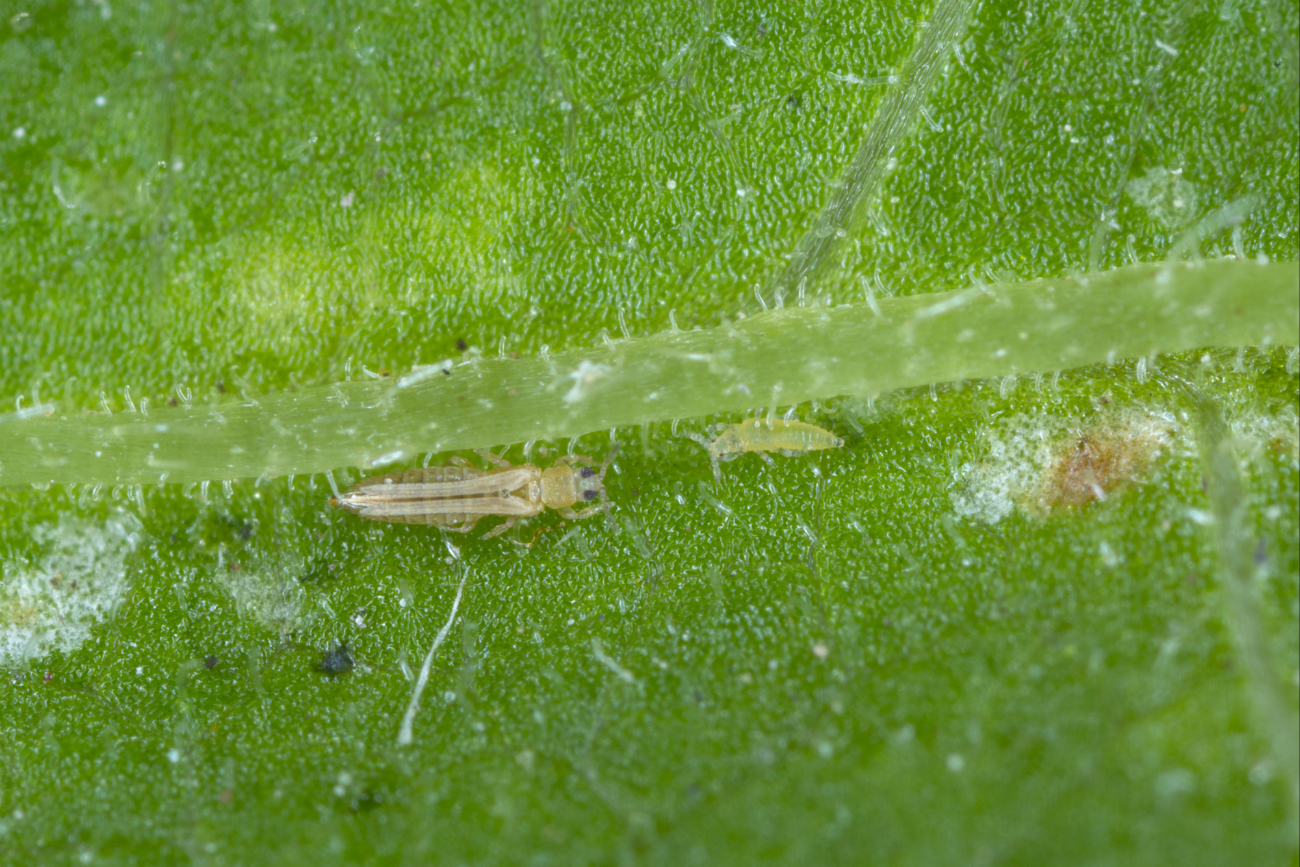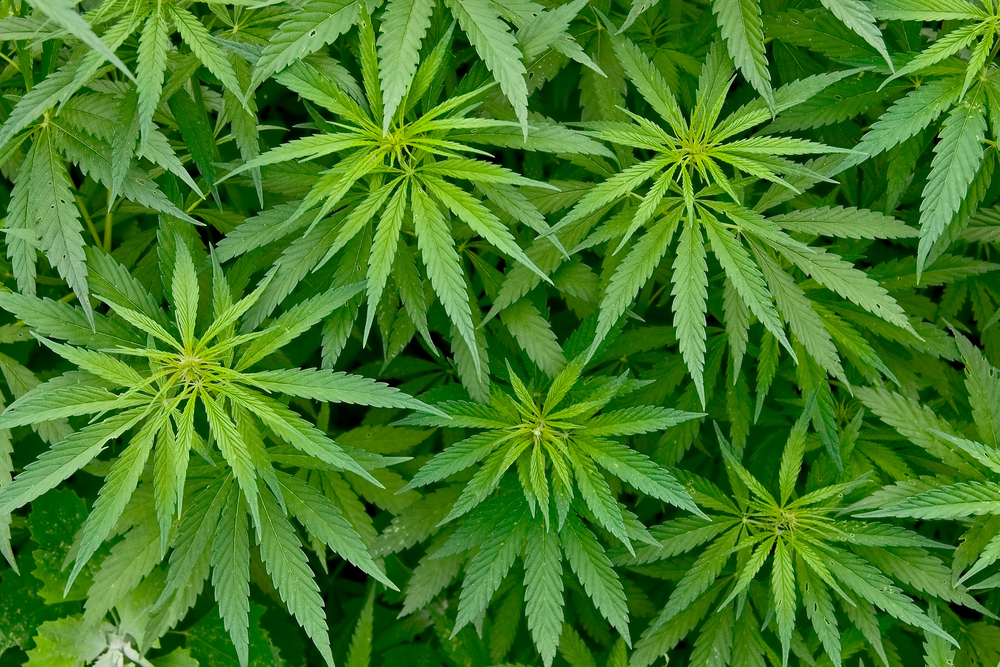These small and fast-moving flying insects are not lethal, but they’re hardy beasts and they can definitely ruin your cannabis grow. Thrips aren’t devastating, though getting rid of them may be extremely hard. Better under control, then! Find out in this post how to prevent them and fight them, should they have already infected your crop.

What are thrips?
Thrips are 1.5 mm long yellowish-white insects. They usually fly around when they aren't many, but prefer walking and hopping from plant to plant when they're in groups. Despite not being lethal, they reproduce 12 times per year and move very fast, so they're difficult to combat. Besides, they normally live between a month and a year.
How to prevent thrips
Once they settle, it's not easy to get rid of them 'cause they move at light speed. And, to top it off, although they are visible to the human eye, they love wandering around the leaf veins so nobody can spot them. For that very reason, we'd better make sure they don't get to our plants or, at least, we must spot them as quickly as possible if we don't want them to stay for good. To prevent any kind of plagues from attacking our cannabis plants, it's paramount to thoroughly clean the grow room and the tools we've used on them. Keep an eye on the weeds that grow around them when cultivating outdoors too. Change the substrate between one crop and another if you're an indoor grower. And spray with a natural insecticide such as Neem oil or potassium soap to keep off plagues. Alternatively, you can introduce predatory species that protect your plants instead of adversely affecting their development.

How to identify thrips
- Place sticky traps around your crop and wait until the insects get stuck to them. Not all thrips will fall into the trap, but it is a good way to become aware of the fact that our crop may be infected.
- Look for silvery and whitey stains on the leaves. As previously mentioned, they move around hopping and running, mostly in groups. That's when you'll be able to spot the silvery stains. When they sense any movement, though, they freeze and do their best to go unnoticed, so don't worry if you don't find them. They are normally in the low areas of the plant. Get rid of any larvae you come across as well. Usually found in the soil, they are like black stains.
- Make sure the leaves don't go dry and become brittle. Since thrips feed off sap and suck up the plants' chlorophyll content, leaves start to get weaker and weaker.
How to combat thrips
If our grow is infested with thrips, and we've managed to identify them, then it's time to get down to work and kill them for good. The problem should ideally be addressed during the growth phase because, during the flowering, the use of some products could be detrimental to the taste and the aroma.
- Manually. If the pest is not well advanced, you can try to remove the insects and larvae by hand. It's quite tedious, and not the most effective measure, but it will undoubtedly do her good. So arm yourself with patience and with some latex gloves, and remove one by one the insects that you spot as well as the parts that have already been infected.
- Spray with a natural insecticide. Neem oil is one of the most effective insecticides against this kind of pests. You can also spray your plants with pyrethrins, rotenone or potassium soap every two or three days. Important notice: when the plant enters the flowering, you must stop the treatment because it could affect the taste of the end product.
- Introduce predatory insects. Some of the species that we recommend using are wasps and mites. This is the most environmentally-friendly and efficient way to get rid of thrips without using any products.





Give us your feedback
Your rating (between 1 and 5)
1 2 3 4 5Leave a comment